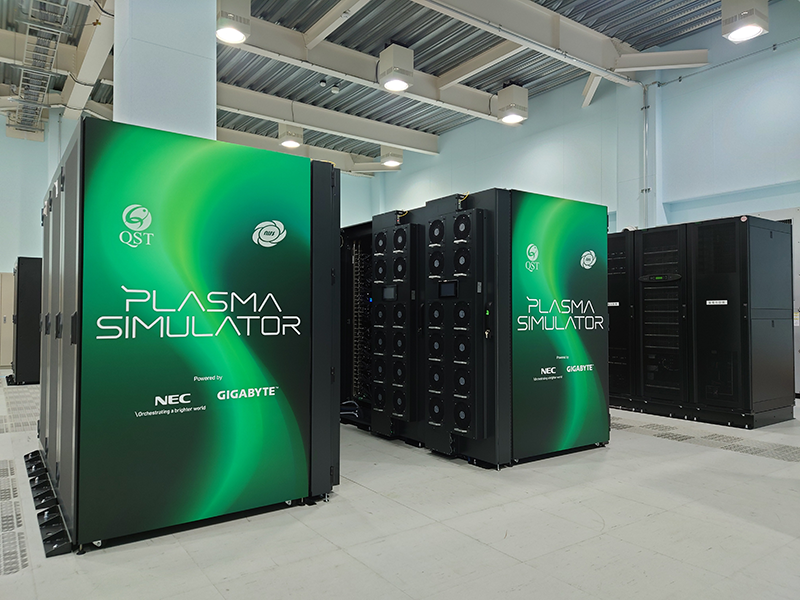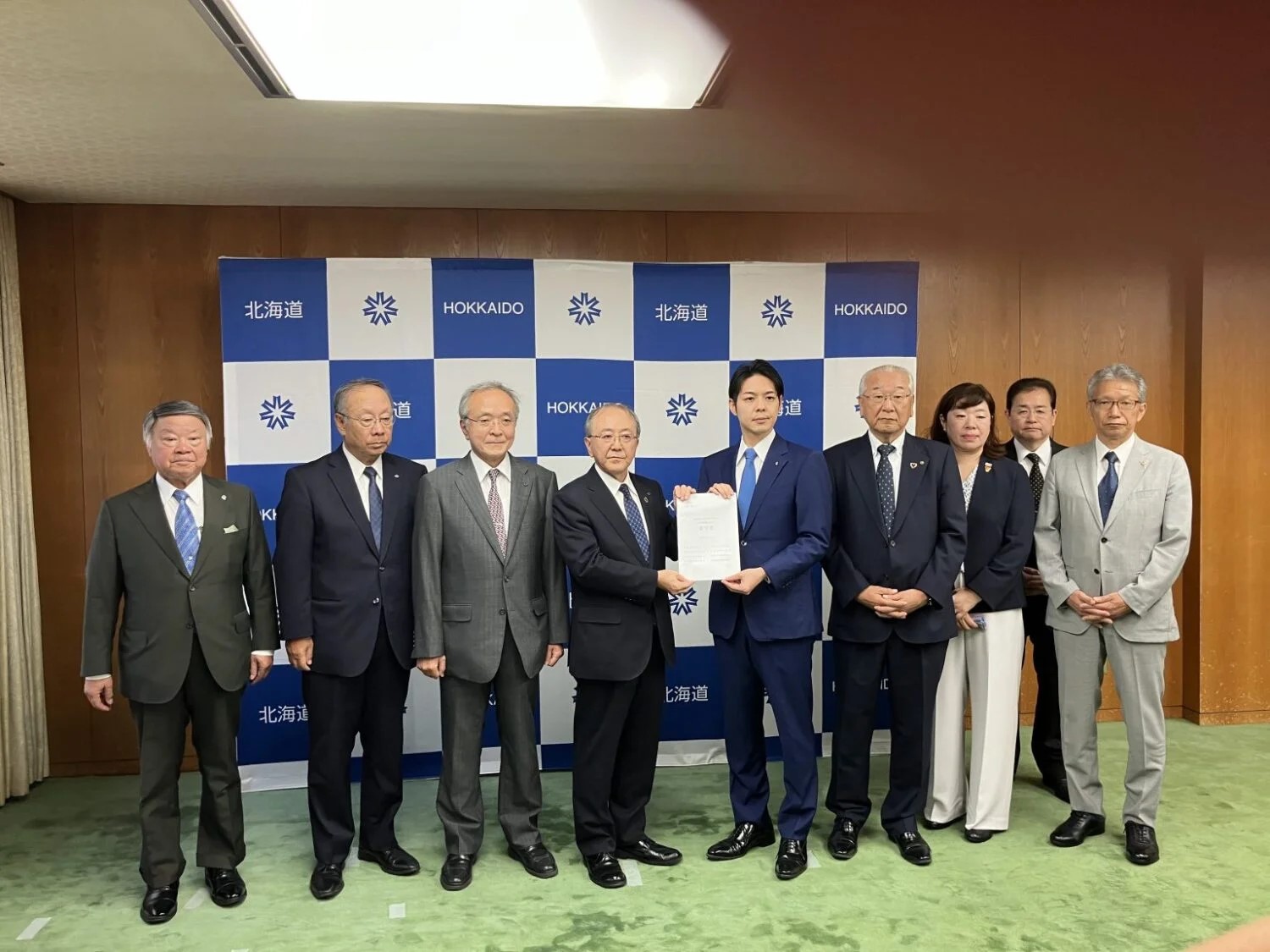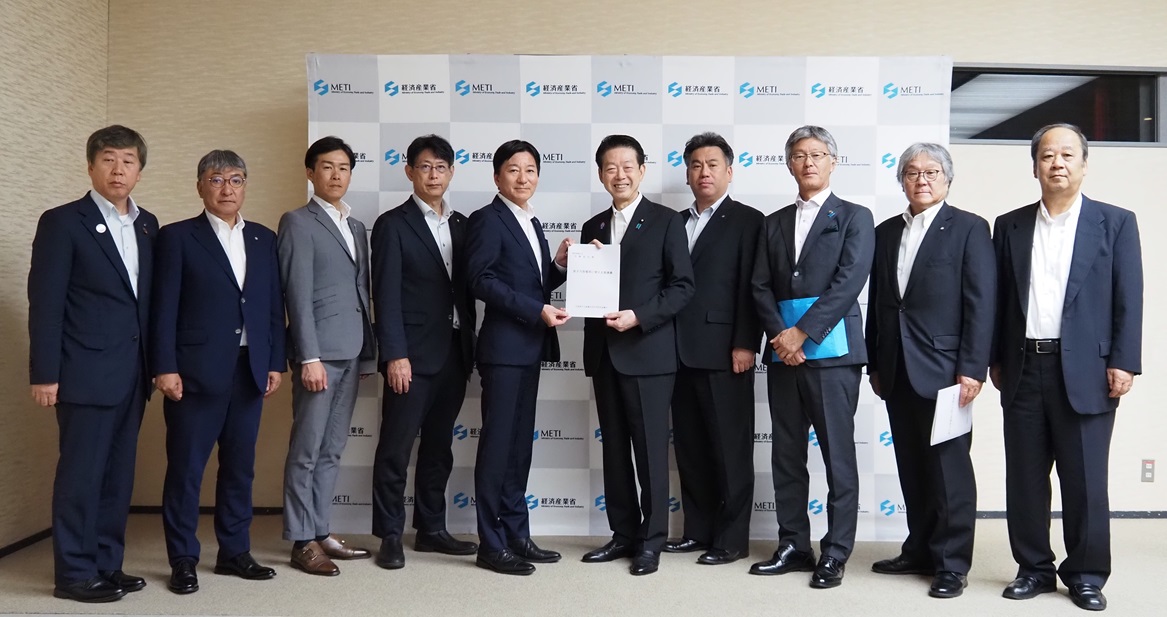At the start, USUI Hidekazu, nuclear energy technology leader, touched upon Toshiba’s energy businesses, including fossil-fuel power, nuclear power, renewable energies, hydro energy, and electric power distribution, and to its technology in medical fields (e.g., carbon ion treatment facilities).
He said that Toshiba possesses the world’s highest level of technological strength in many areas and has an impressive record of performance. Reiterating the company’s approach to its businesses, also, he said that it would define the “future of energy” and contribute to society by producing, transmitting, storing, and making efficient use of energy.
Next, MATSUNAGA Keiji, senior LWR technology leader, talked about improving efficiency in the design and construction of nuclear power plants (NPPs), restarting NPPs, and enhancing availability factors.
Citing the company’s work to increase the seismic strength of the pressure suppression chamber (a donut-shaped structure surrounding the bottom part of a reactor containment vessel) at the Onagawa-2 NPP, owned and operated by the Tohoku Electric Power Co., he described Toshiba’s original technology and endeavors to train welding technicians using a full-size mock-up, and how, as a result, work requiring extreme accuracy was successfully carried out according to schedule and within budget.
He also introduced new systems—including the 3D Plant Viewer, which creates a panoramic image of a plant site in the present, past, and future—and the Area Management System, which digitalizes management of on-site work areas. Highlighting the strong technological capabilities that Toshiba has accumulated so far, Matsunaga stressed that the company would provide high value-added services though the combination of digital technology.
Next, SAKASHITA Yoshiaki, senior fellow at the Power Systems Division, talked about the development of advanced reactors, particularly the concept of the iBR, an ALWR with enhanced safety.
The iBR employs robust buildings and safety systems with passive mechanisms, simultaneously increasing safety and rationalizing the buildings and facilities. It is also meant to integrate smoothly with renewable energies, in that—similarly to advanced boiling water reactors (ABWRs)—reactor output can be readily adjusted by adjusting circulating volumes.
Sakashita also presented Toshiba’s Vision of NPPs―namely, the firm’s future concept of nuclear energy―which was put forward through discussions among employees in differing sections and across generations.
“Our NPPs are not only safe and secure, but their existence is also a joy for the mind and body, and a source of pride for those who are involved with them, owing to their many innovations,” he said, adding that “by continuing to provide energy to people in the future, we will help them realize rich lives.” Through the development of the iBR, Toshiba will “reestablish energy’s relationship with a new society,” he said.







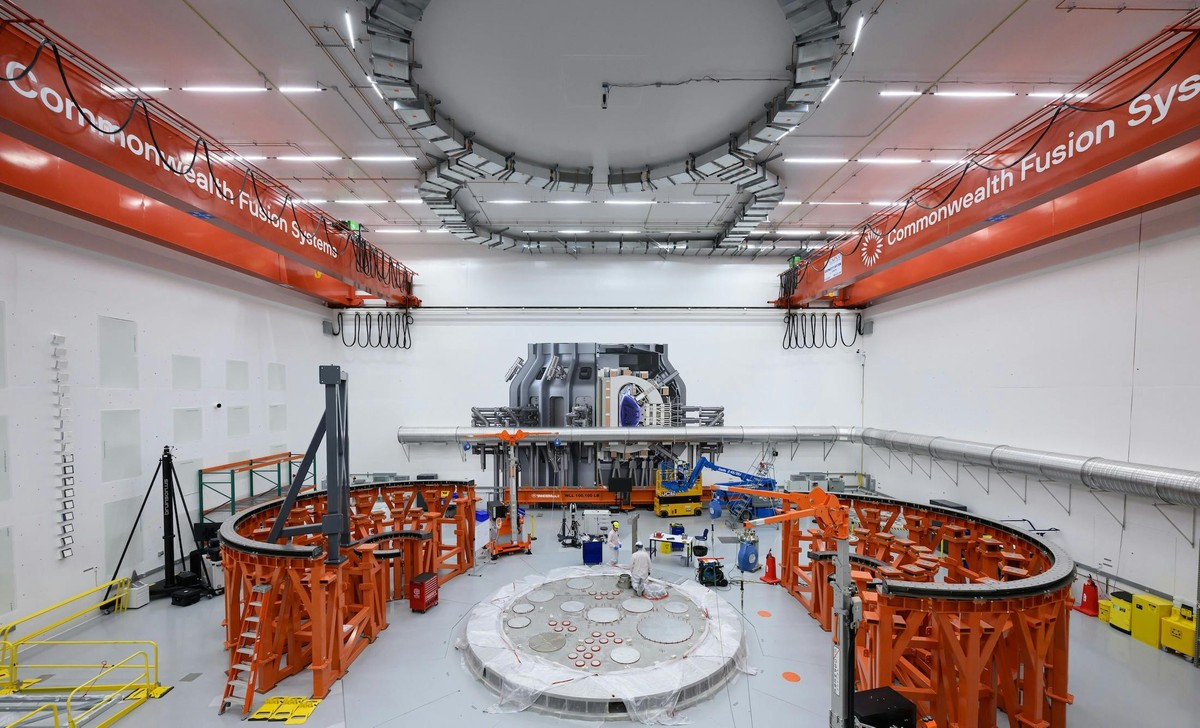
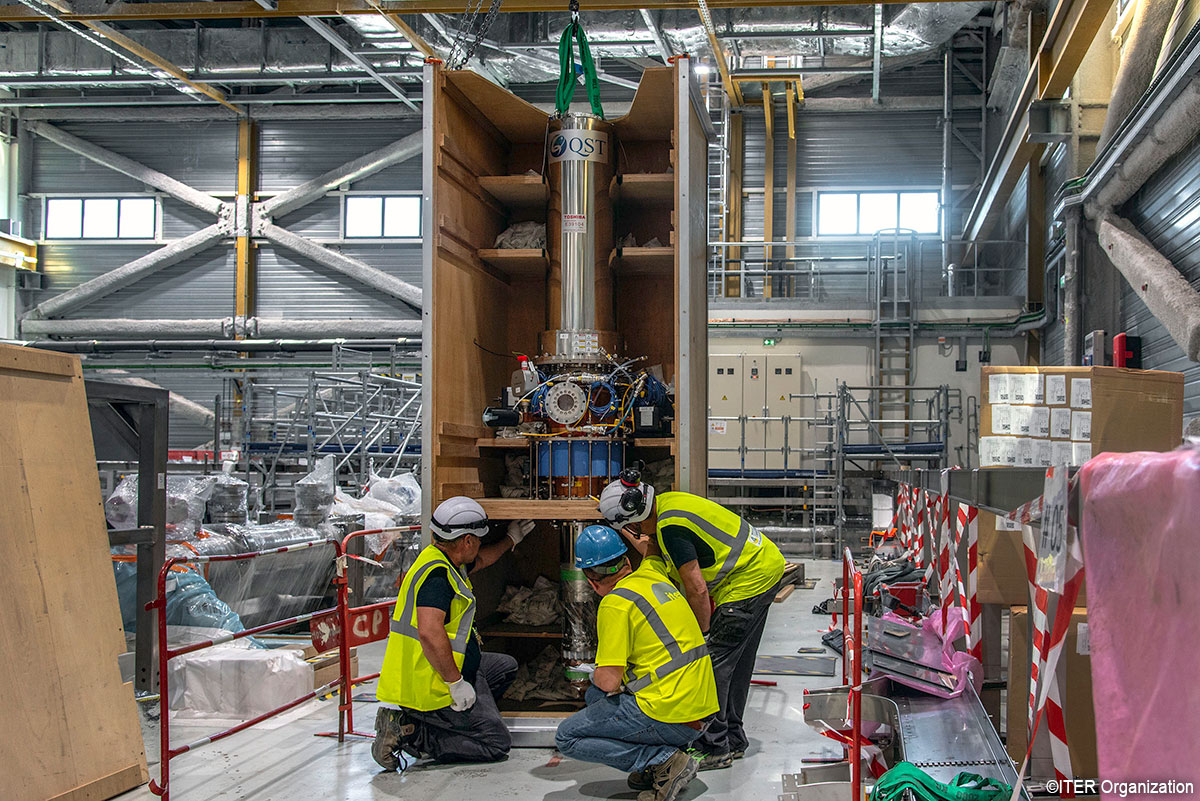
.jpg)
